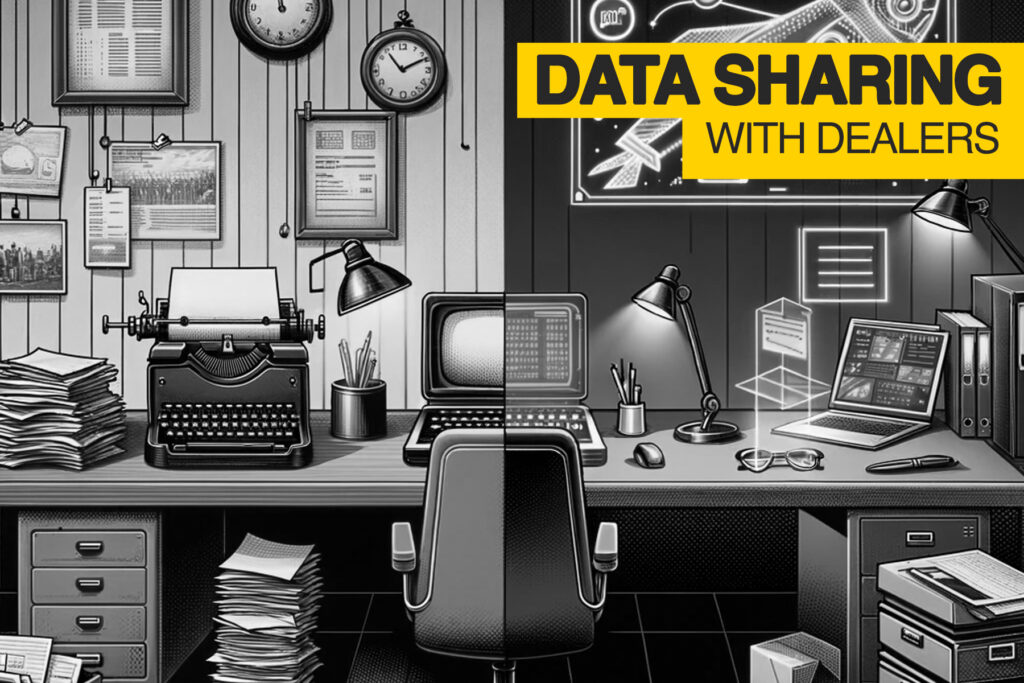Master Your Product Data, But Don’t Hoard It
Now, we all know that manufacturers are basically the stewards of their own product data, right? They have the most detailed and accurate information—from dimensions and weight to technical specs, warranties and product media (images, videos, etc). This data isn’t just sitting there; it’s a valuable company asset, meticulously curated and managed all for more efficient direct to dealer sales.
But here’s the catch—you shouldn’t keep this wealth of product information all to yourself.
Why? Because sharing is caring, even more, it can help boost sales. When you pass this data along to your dealers, they can focus on what they do best: selling. They won’t have to waste time micromanaging product details, allowing them to do a stellar job at promoting your products.
In short, sharing product data isn’t just good manners; it’s good business.
Different Options: How to Effectively Share Product Data
Alright, you’re sold on the idea of sharing your product data—but how do you actually go about it? Let’s break it down by different methods
Flat Files: The Old Reliable
Good old CSV or Excel files—most of us have been using these for years. They’re straightforward and get the job done. You basically compile all the product information into a spreadsheet and send it over.
However, the downside is that it’s static data. As soon as you send out a flat file, it’s outdated. Anytime there’s an update, you have to send a new file. It works but isn’t exactly efficient.
Pros: Easy integration for dealers on older systems and lack of access to developers. Cheaper option that API.
Cons: Data gets old quick. Lack of control of data from the manufacturer’s perspective
APIs: The Future of Seamless Data Sharing
Enter APIs—Application Programming Interfaces. This method allows real-time data sharing between your system and the dealer’s. It’s dynamic, meaning it updates as you update your information. No need to send new files—everything’s automatic and in real-time.
You do need a sufficient infrastructure for a heavy traffic to your API, but it’s more than worth it.
Pros: Modern approach to data sharing allowing for various integration options. Real-time data updates. Dynamic analytics of how and where your data is used.
Cons: More expensive to develop. Requires clean and organized data.
Read my: Headless Ecommerce 101: What It Is And Why It Matters For Your Business to find out other benefits of full API approach to website development.
Other Alternatives: Beyond CSVs and APIs
Now, CSVs and APIs are doing most of the work nowadays, but there are other options available. For example, some folks are using cloud-based solutions that dealers can access directly. Others opt for PIM (Product Information Management) systems that integrate with various platforms out of the box and have a lot of manufacturer data preloaded.
But whatever method you choose, the goal remains the same: streamlined, efficient data sharing that lets everyone focus on their strengths.


